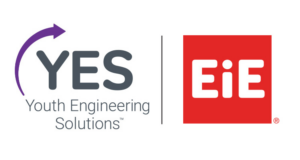Unit Overview
Youth design a shuttle to land a rope near a person who needs a rescue.
- Grades 3-5
- Setting: Enrichment
- 9 activities
- 45–60 minutes per activity
Standards alignment
We’ve developed each YES unit with careful attention to state and NGSS standards. YES units are also designed to integrate with the most popular elementary and middle school curricula. View Standards Alignment
Unit Map
Educator Preparation Videos
Model Shuttle
Shuttle Launch
(optional) Station A
(optional) Station B
(optional) Station C
(optional) Station D
(optional) Station E
Our funders
Major support for this project has been provided by the National Science Foundation.
